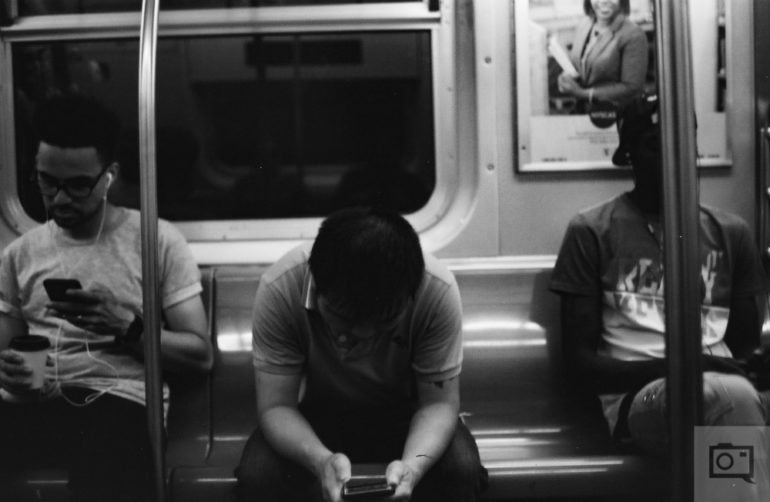For many years, photographers have documented the homeless in an effort to get people to pay attention to exactly what’s going on in the world outside of their bubble. The intentions are usually valiant, but sometimes it doesn’t work out very well for various reasons. In addition to that, there are also loads of ethical issues that need to be addressed beforehand.
The inspiration for this post? A reader asked!
Chris,
I’m considering photographing some of the homeless here in the city as a personal project. Hopefully leading to awareness, even better, something charitable.
What’s your take on this a) ethically, b) and how to approach the situation and these people. My first thought is to take a respectful image, then hand them some money and/or a blanket.
If anything, perhaps you have some content on the site- or better yet, can it be a topic you address. I think there can be some real purpose any of us with a camera can have besides our own gratification
– V.
Hey V,
Lots of people have tried to do this in a street photograph/documentary fashion. Typically though, it usually doesn’t involve permission from the homeless people themselves. If someone doesn’t want you to take their photo in public, legally you don’t need to delete the image(s). But it’s rather impolite. Considering the sheer number of photographers that typically do this in large cities, it’s kind of tacky and cliche.
The British Journal of Photography featured something about this earlier on this year. Essentially, everyone tries to do some sort of fly-on-the-wall documentary project about the poor. Usually, this is in an effort to appeal to the public to show what’s going on. But they featured photographers that did the opposite–instead focusing on the lifestyle of the fabulously wealthy and how absurd some of their hobbies are. The images are incredible and the BJP is right up there with American Photo as some of my favorite publications out there.
Photographing the rich is far tougher to do because the rich don’t want things to change obviously.
Ethically, if you’re going to do a documentary project then make sure that you’ve got permission. Documentarians also generally don’t donate to the homeless–instead just documenting the process. When you directly get involved with your subjects, you open a load of issues. If you look up any of the critiques of photographer Chris Arnande and his tactics, you’ll see exactly what I’m talking about.
However, it seems like you genuinely want to help these people: and instead, an idea kind of like Jeremy Cowart’s Help Portrait makes more sense.
What you could instead do is a project using bright flash to get details in a person’s face that aren’t clearly visible otherwise. But instead of a documentary project, I’d suggest a portrait project. You’ll instill your own creative vision into the images, have conversations, be able to get model releases signed, perhaps set up a hot meal station with blankets, etc. But more importantly to your project, what you’re doing here is having genuine interactions with these people. You can ask them a number of questions, listen to them, ask them to bring their belongings with them, and find a way to create images that mean something.
But that’s the inherent problem. In many ways, it annoys me. The big issue here is that we as a society generally just don’t care. All of these images look the same and nothing really convinces many people to donate or help these homeless people. Some folks that have donated have also been burned before. One time when walking with a friend, she donated $5 to a homeless person. Later on, my friend was angry because she saw the homeless person had spent that $5 on a Starbucks coffee vs getting a meal for themselves.
Something instead needs to be done to find a way to appeal to not only shortening attention spans, but emotions and coffers.
Don’t want to do the portrait project? A 360 photo project (not 365) may work if you get access and permission to homeless shelters. Ultimately though, my suggestion is not to do a documentary project. Instead, do something a bit more creative and innovative so that your creative vision goes further.




